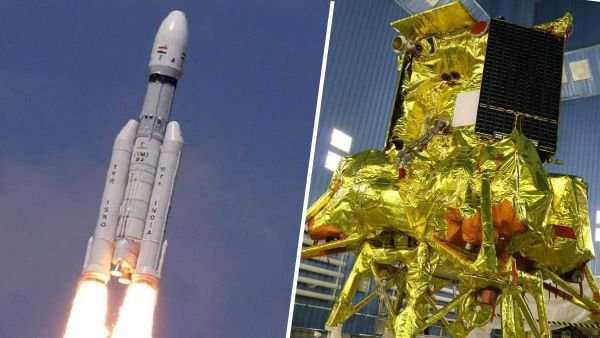Chandrayaan-3 vs Luna-25
Currently, a race is taking place in space that has scientists and space lovers all around the world interested! On August 11, 2023, Russia debuted its newest moon-landing spacecraft after a gap of 47 years. This spacecraft’s goal is to take the initiative in making a soft landing on the southern pole of the moon, which is thought to contain valuable water ice reservoirs.
This lunar mission, the first by Russia since 1976, will directly compete with India’s Chandrayaan-3 lunar lander, which was launched just last month. Who will reach the Moon’s South Pole first—Chandrayaan-3 or Luna-25—has the globe wondering even though it was not intended to be an organized race.
Luna-25 of Russia beat Chandrayaan-3 of India?
Although the space agency originally set August 23 as the landing date, Russia’s space head Yuri Borisov stated during a televised broadcast that the lander is anticipated to make contact with the lunar surface on August 21. On August 21st, Borisov emphasized his hopes for a precise and delicate moon landing. “We shall now watch for January 21. I’m hoping for a very precise gentle touchdown on the moon. According to Borisov, “We hope to be first,” according to Reuters.

For those who are unaware, Chandrayaan-3 is really on a significantly slower and less direct path to the Moon than Luna-25. In fact, a BBC story claims that the Russian spacecraft might reach the lunar surface as soon as 10 days after launch. The aim to be the first to set foot on the Moon’s surface has been openly voiced by representatives of the Russian space agency Roscosmos. According to a BBC story, Wendy Whitman Cobb, a professor of strategy and security studies at the Air University of the US Air and Space Force, said that the timing of the Chandrayaan-3 and Luna-25 missions was more of a coincidence than anything more.
Cobb was also cited in the article conceding that India is in a favorable position because their spacecraft is already in lunar orbit. However, she noted that because of their more direct course, the Russians might have a sense of urgency to be the first to arrive at the objective. Even though Chandrayaan-3 weighed twice as much as Luna-25, it was powered by a rocket that was somewhat less powerful, which forced it to gain speed over long, elliptical orbits around Earth before navigating towards the MoOperators of both crafts must check the functionality of each craft before starting the touchdown process. Unexpected errors could delay the mission or perhaps cause it to fail completely. The report asserted that the final result won’t be known for sure until they arrive at their destinations.
Read more at:

